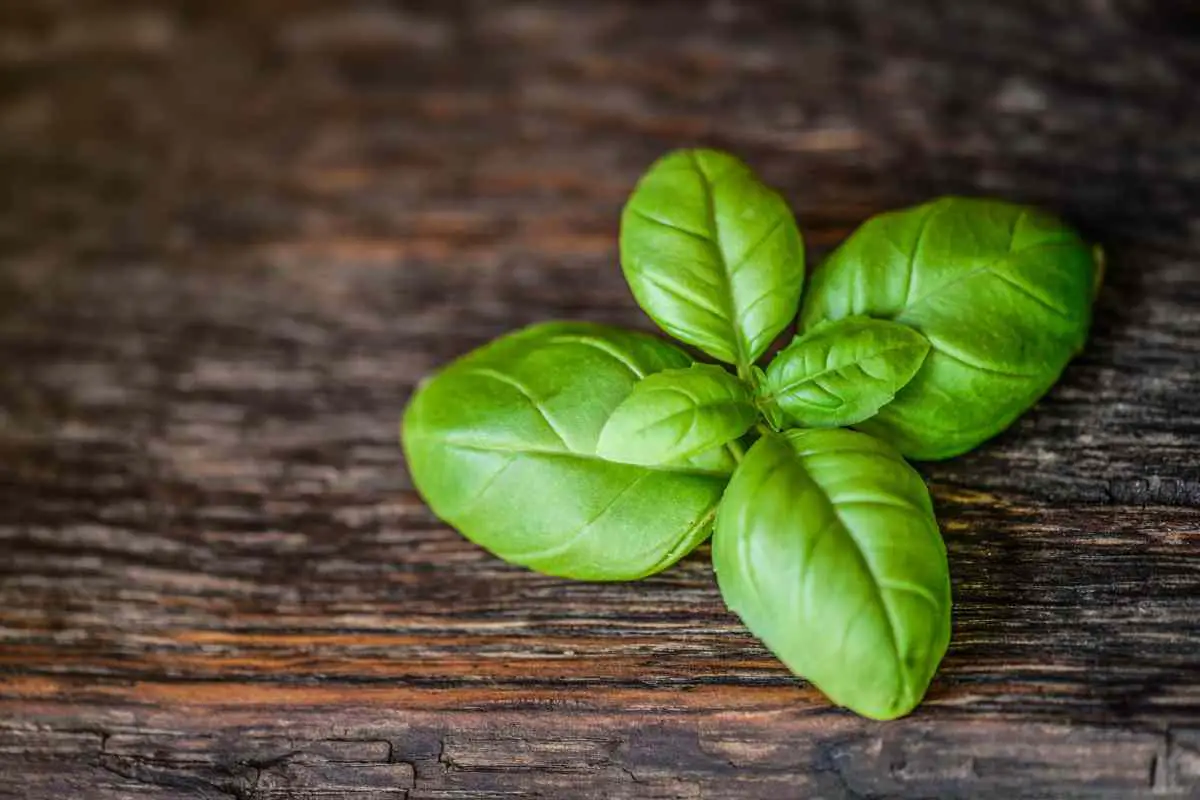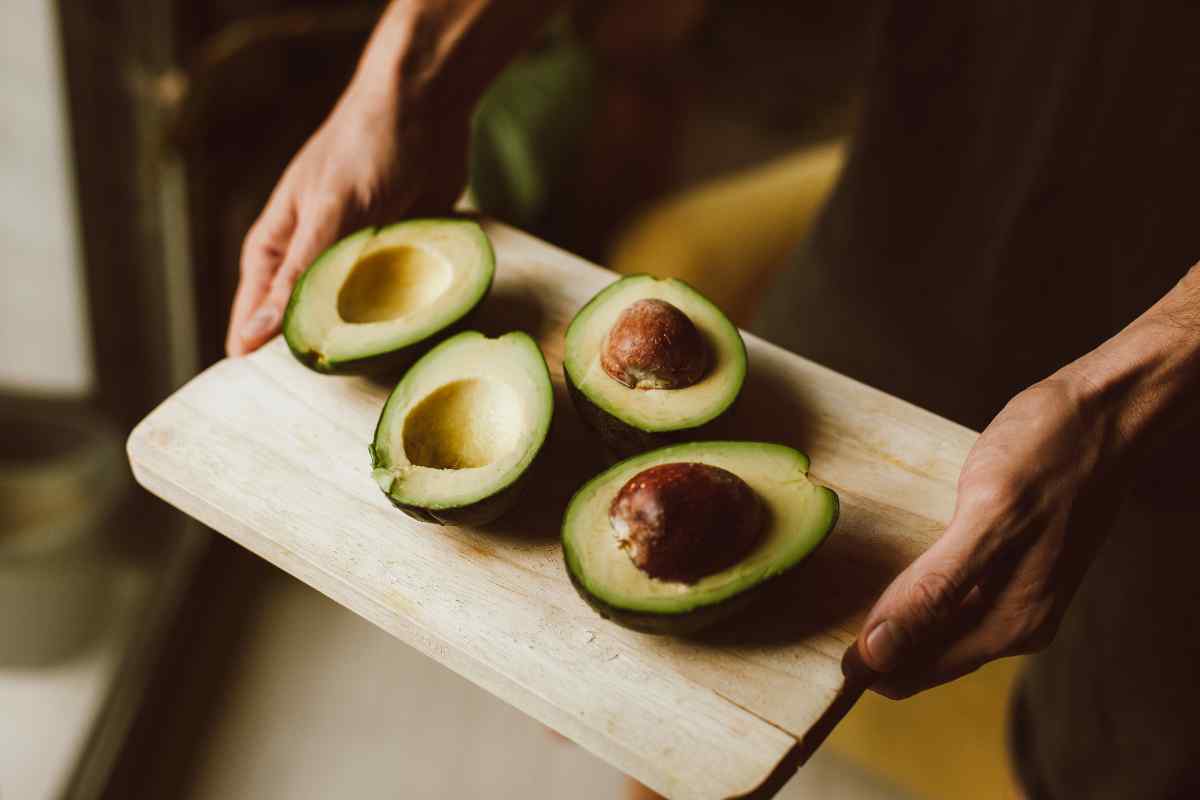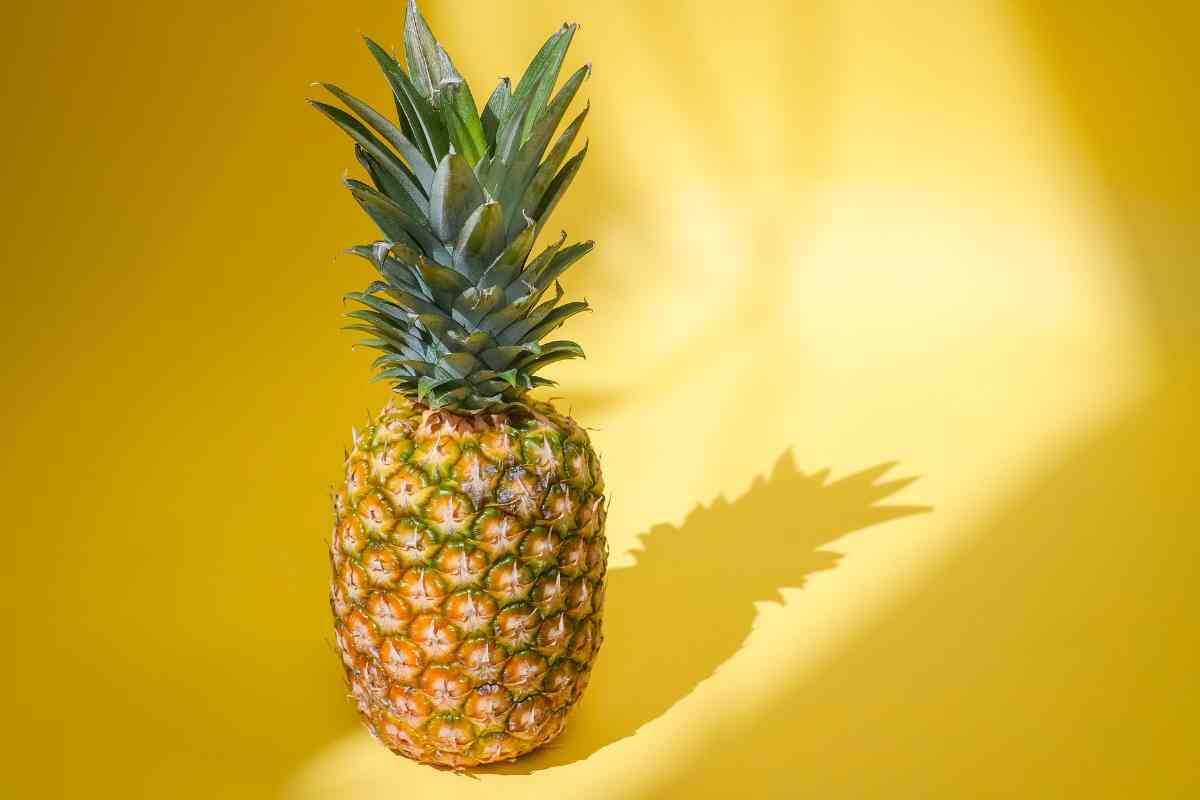Banana peppers, also known as yellow wax peppers, are a type of chili pepper that is long and curved, resembling a banana.
They are a popular ingredient in many cuisines, particularly in salads, sandwiches, and pizzas. But what exactly are banana peppers and what makes them unique?
In this article, we will explore the different aspects of banana peppers and their culinary uses.
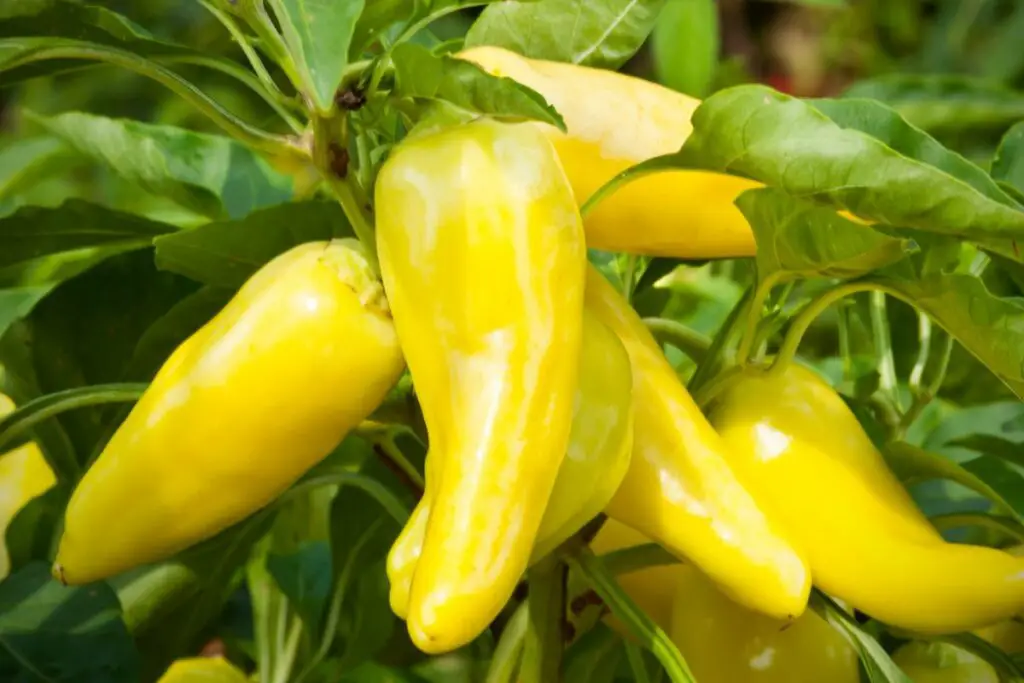
Table of Contents
What are Banana Peppers?
Banana peppers are mild to medium-heat chili pepper that belong to the Capsicum annuum species.
They are native to Central and South America but are widely cultivated in many countries, including the United States.
The peppers are typically 2-4 inches long and have a yellow to bright red color when fully ripe. They have a slightly sweet and tangy flavor, making them a popular choice for many dishes.
How Hot are Banana Peppers?
One of the main reasons banana peppers are so popular is due to their mild heat level.
On the Scoville scale, which measures the heat of chili peppers, banana peppers range from 0-500 Scoville units, making them a great option for those who prefer a milder heat.
In comparison, jalapeno peppers range from 2,500-8,000 Scoville units, and habanero peppers can reach up to 350,000 Scoville units.
Nutritional Benefits of Banana Peppers
In addition to their delicious flavor, banana peppers are also a good source of nutrition.
They are low in calories and fat and high in vitamins and minerals, including vitamin C, vitamin B6, and potassium.
They also contain antioxidants, which can help protect against disease and improve overall health.
Culinary Uses of Banana Peppers
Banana peppers are versatile ingredients that can be used in a variety of dishes. They are often sliced and used as a topping on pizzas, sandwiches, and salads.
They can also be pickled, which enhances their tangy flavor and adds a crunchy texture.
Additionally, they can be added to sauces, stews, and dips for added flavor and heat.
How to Store Banana Peppers
Banana peppers can be stored in the refrigerator for up to two weeks.
To extend their shelf life, wrap them in a paper towel and place them in a plastic bag. They can also be frozen for later use, either whole or sliced.
Different Types of Banana Peppers
While the most common type of banana pepper is the yellow wax pepper, there are other varieties as well.
These include the Hungarian wax pepper, which is similar to the yellow wax pepper but has a slightly hotter heat level, and the sweet banana pepper, which has a sweeter flavor and is often used in salads and sandwiches.
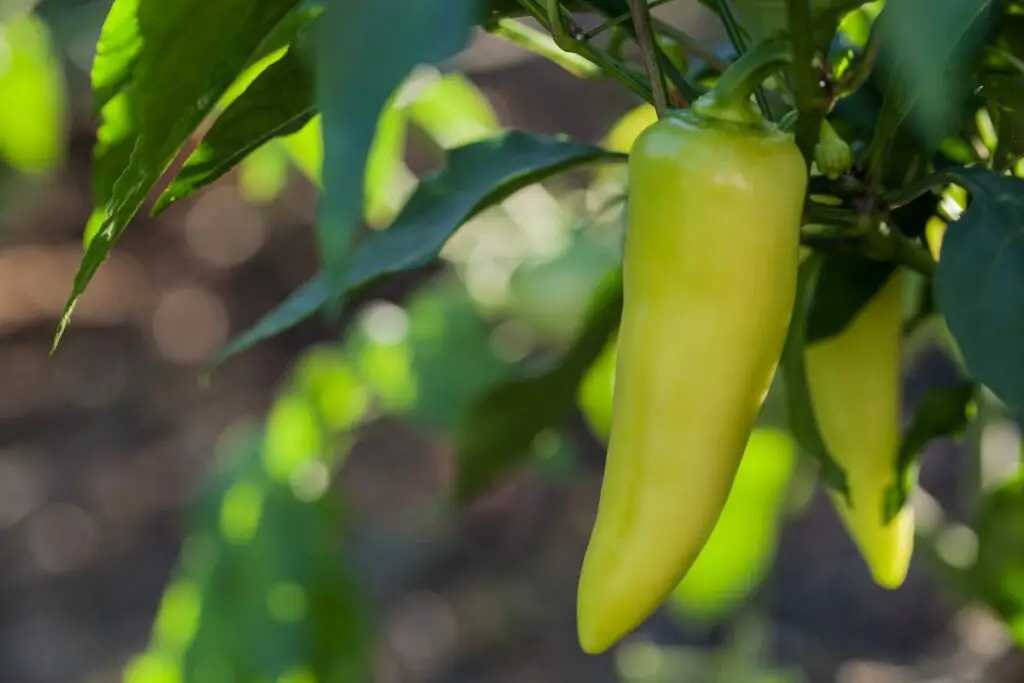
Pairing Banana Peppers with Other Ingredients
Banana peppers pair well with many different ingredients, making them versatile ingredients in the kitchen.
They go well with other chili peppers, such as jalapenos and habaneros, as well as with sweeter ingredients, like onions and carrots.
They also pair well with meats, such as chicken and beef, and can be used in a variety of dishes, from soups to stir-fries.
Tips for Growing Banana Peppers
For those who are interested in growing their own banana peppers, there are a few tips to keep in mind.
These peppers prefer warm, sunny conditions and well-draining soil. They also need to be watered regularly, but be careful not to overwater, as this can lead to root rot.
Additionally, it is important to provide support for the plants, as the peppers can get quite heavy.
Nutritional Benefits of Banana Peppers
In addition to their delicious flavor and versatility in the kitchen, banana peppers also offer a number of nutritional benefits.
One medium-sized pepper contains only 15 calories and is a good source of vitamins A and C, as well as potassium and fiber.
These nutrients can help support a healthy immune system, improve heart health, and aid in digestion.
Prices pulled from the Amazon Product Advertising API on:
Product prices and availability are accurate as of the date/time indicated and are subject to change. Any price and availability information displayed on [relevant Amazon Site(s), as applicable] at the time of purchase will apply to the purchase of this product.
How to Select and Store Banana Peppers
When selecting banana peppers, look for peppers that are firm and have smooth, glossy skin. Avoid peppers that have soft spots or wrinkles, as these may indicate that the pepper is overripe.
To store banana peppers, wrap them in a damp paper towel and place them in a plastic bag in the refrigerator. They will keep for several days and can also be frozen for longer storage.
Using Banana Peppers in Pickling
Pickling is a popular way to preserve banana peppers and add tanginess and crunch to various dishes.
To pickle banana peppers, slice the peppers and place them in a jar with vinegar, salt, and spices. Let the peppers sit in the mixture for several days, then drain and serve.
Pickled banana peppers can be used as a topping for sandwiches, salads, and pizzas, or as a snack on their own.
How to Preserve Banana Peppers
In addition to pickling, there are other ways to preserve banana peppers, such as freezing or canning.
To freeze banana peppers, slice the peppers and place them in a freezer-safe bag. They can be stored in the freezer for up to a year and can be added directly to recipes without thawing.
To can banana peppers, the peppers must be cooked and processed in a boiling water bath. This method is a great way to preserve the peppers for long-term storage and can be used in a variety of dishes.
Conclusion
Banana peppers are delicious and nutritious chili pepper that offers a mild heat and tangy flavor. They can be used in a variety of dishes and are a popular ingredient in many cuisines.
With their versatility, mild heat, and delicious flavor, it’s no wonder banana peppers are a favorite among chili pepper enthusiasts.
- How to Build a Planter Box for Bamboo: A Step-by-Step Guide

- Can Robotic Lawnmowers Handle Steep Slopes?

- Do You Need a Specific Lawn for a Robotic Lawnmower? Expert Advice

- Are Robotic Lawnmowers Safe for Pets and Children? Safety Features of Robotic Lawnmowers

- Why Use Robotic Lawnmowers? Advantages of Using a Robotic Lawnmower

- Is the GARDENA SILENO City 300 Cordless or Corded? A Clear Answer













